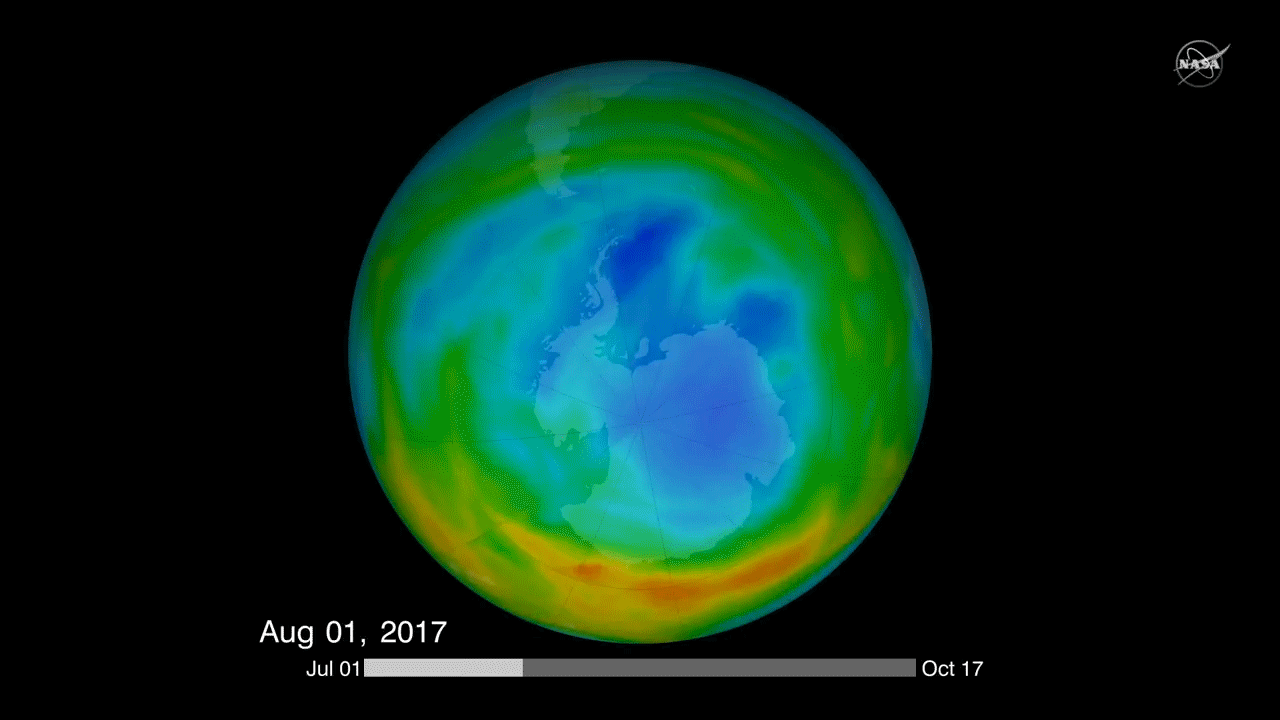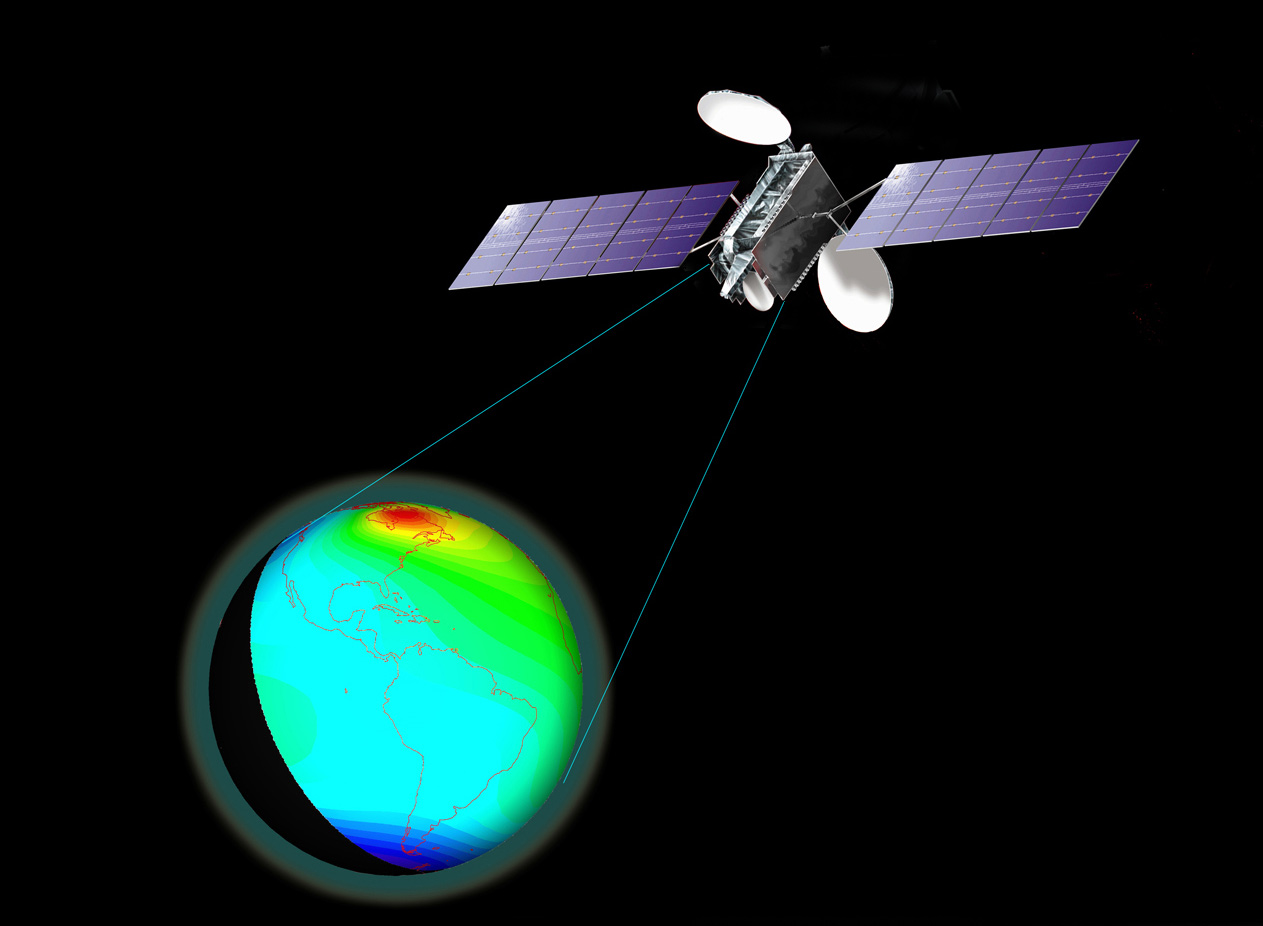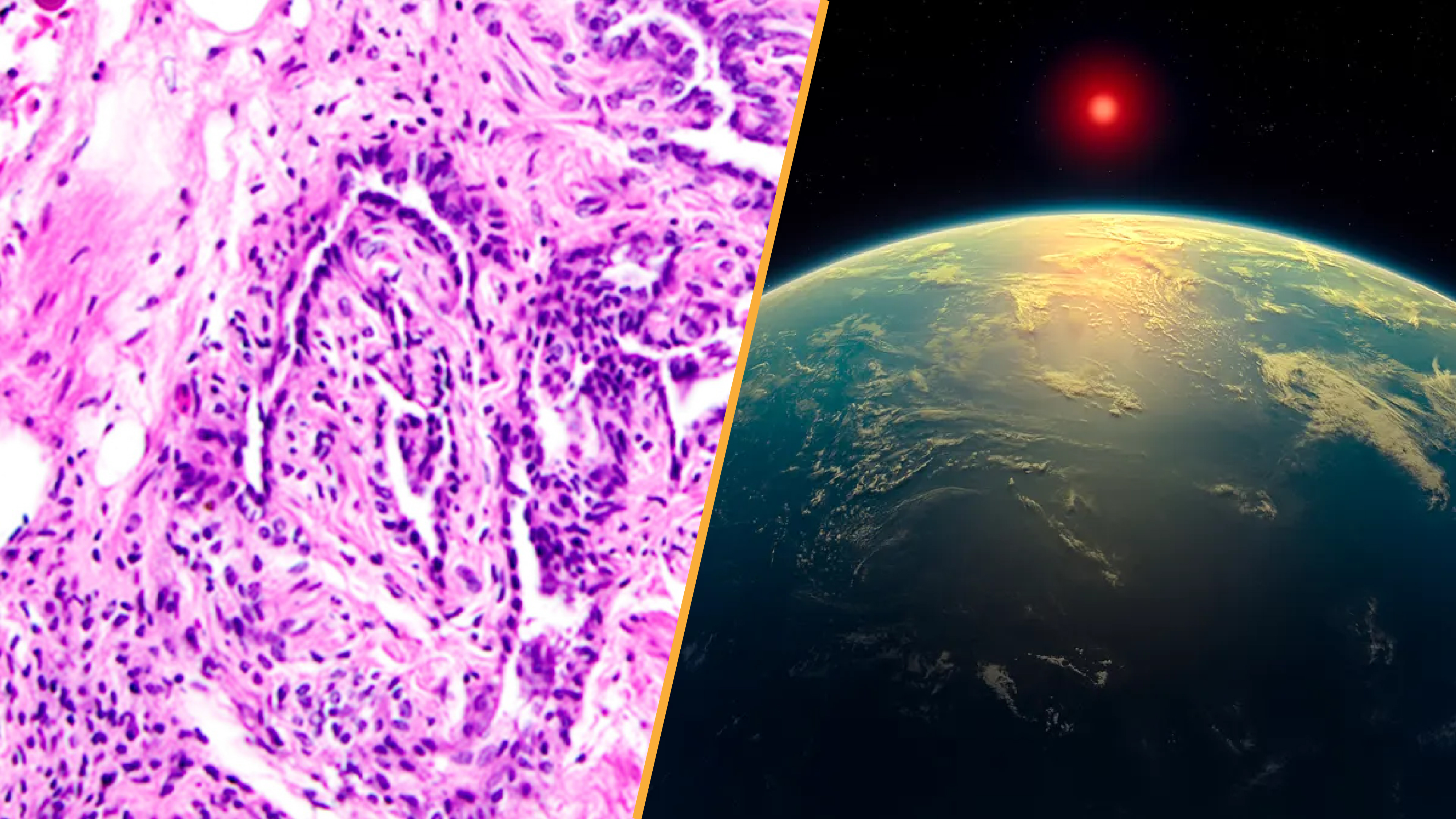Earth's Atmosphere
Latest about earth atmosphere

Supernova explosions may have helped shape Earth's climate history
By Mike Wall published
The evidence is tentative but intriguing.
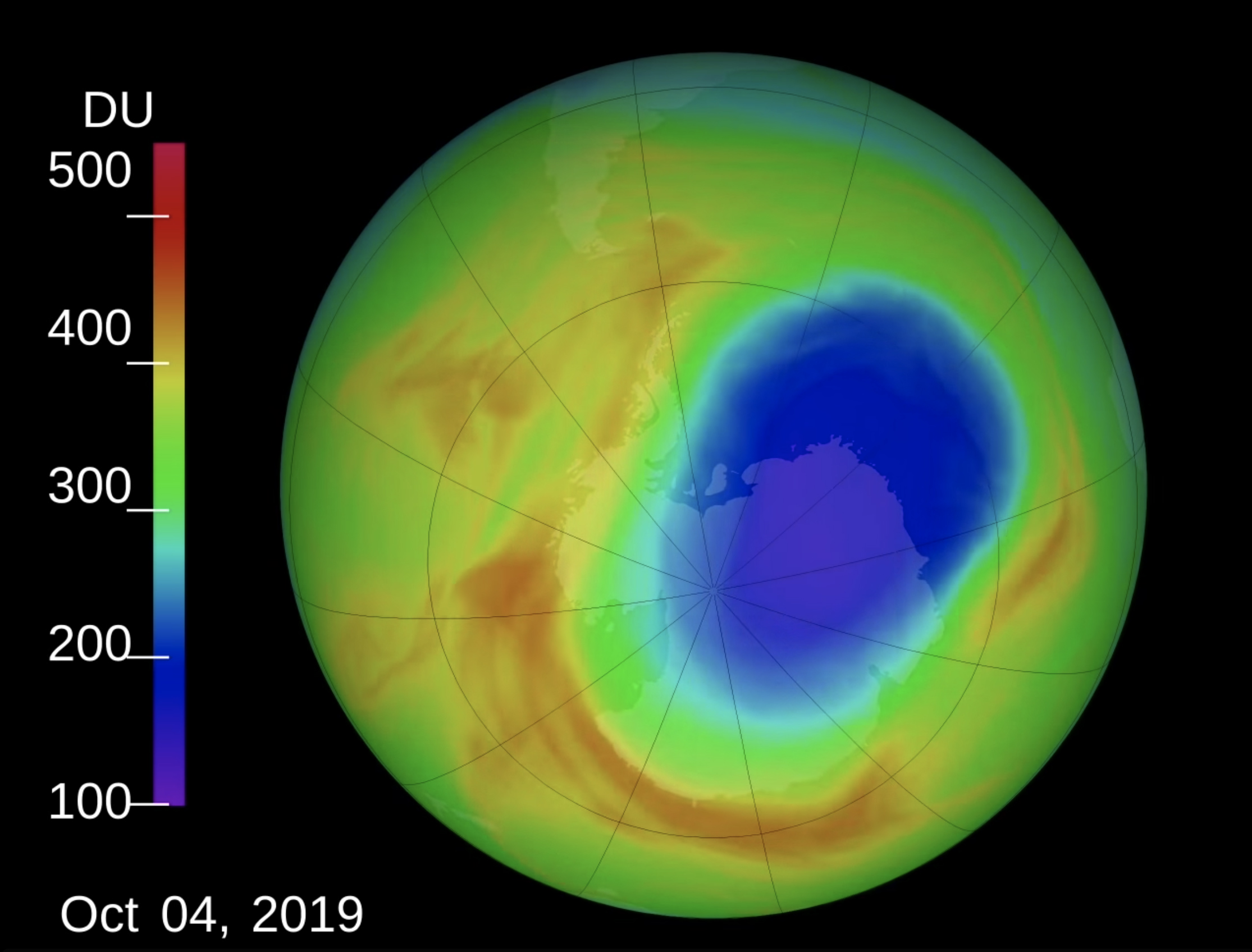
Ozone Hole Over Antarctica Shrinks to Record-Small Size
By Jeanna Bryner published
The ozone hole over Antarctica has shrunk to its smallest size yet. Here's why.
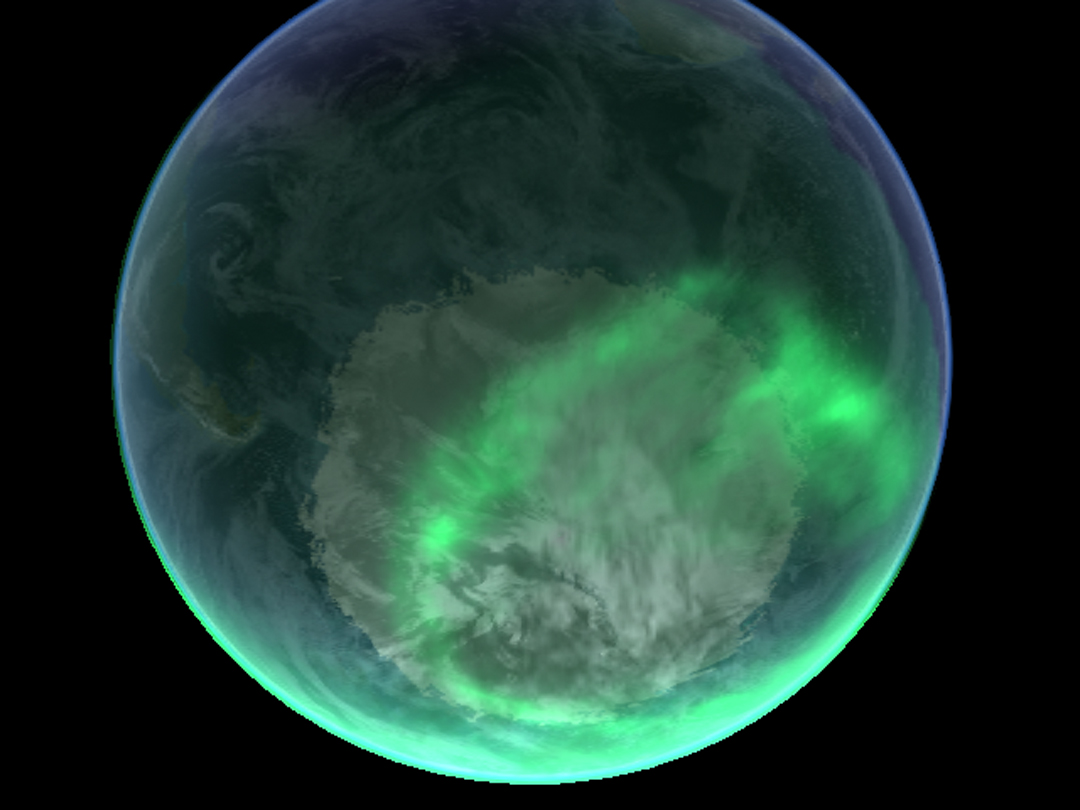
What is the ionosphere? (And who is Steve?)
By Nicoletta Lanese published
A concentration of plasma in the Earth's atmosphere, called the ionosphere, interacts with solar winds, ultraviolet radiation and radio waves.

WWII Bombs Had Rippling Effect on the Edge of Space
By Megan Gannon published
The shock waves from Allied bombing raids during World War II briefly weakened the ionosphere.
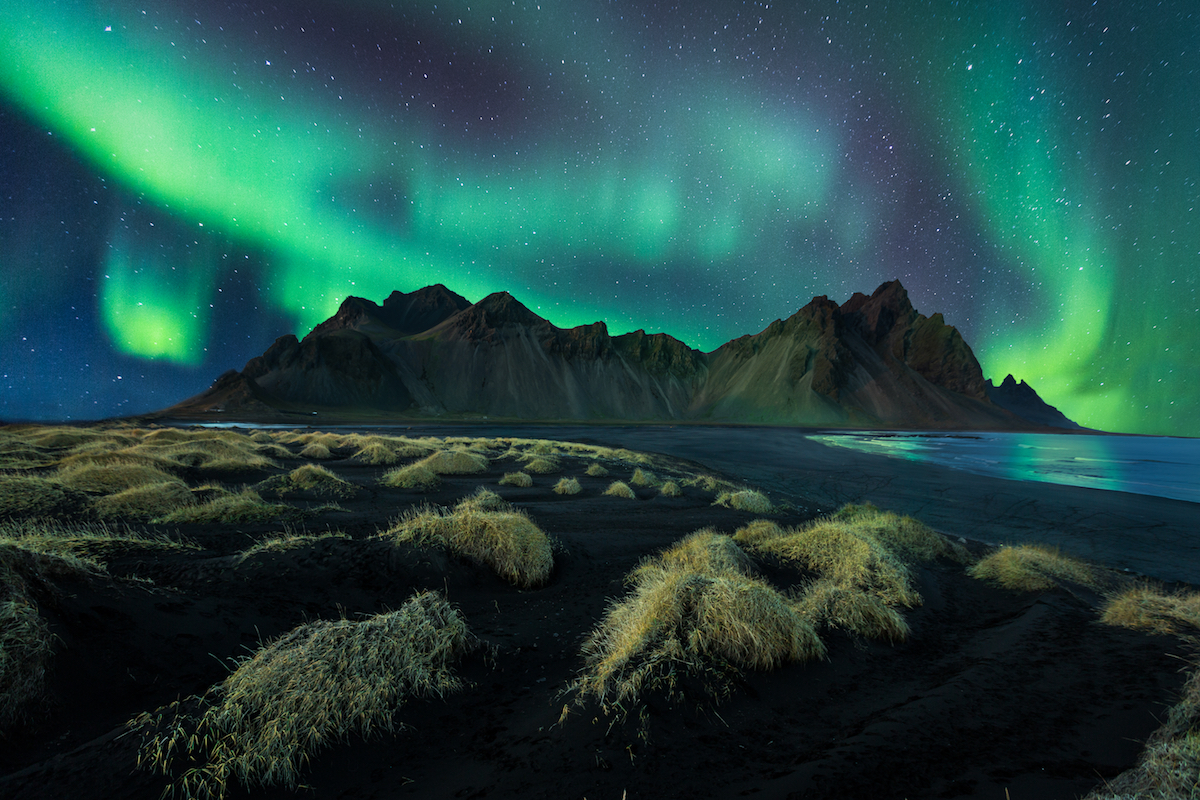
A Solar Storm Is Coming Tonight — Here's Where You Might See the Aurora
By Rafi Letzter published
An alert released yesterday (Sept. 10) warns of a moderate geomagnetic storm that will lash the planet tonight. It shouldn't be dangerous, but might bring auroras.
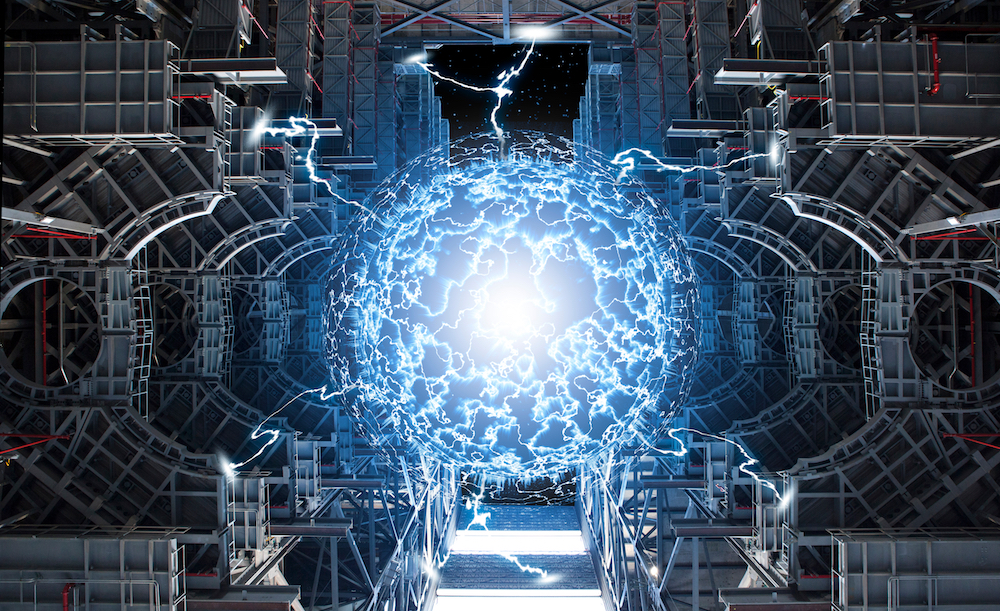
Ghostly 'Lightning' Waves Discovered Inside a Nuclear Reactor
By Marcus Woo published
Whistler waves are normally produced in the atmosphere by lightning. They could help protect nuclear fusion reactors from runaway electrons.
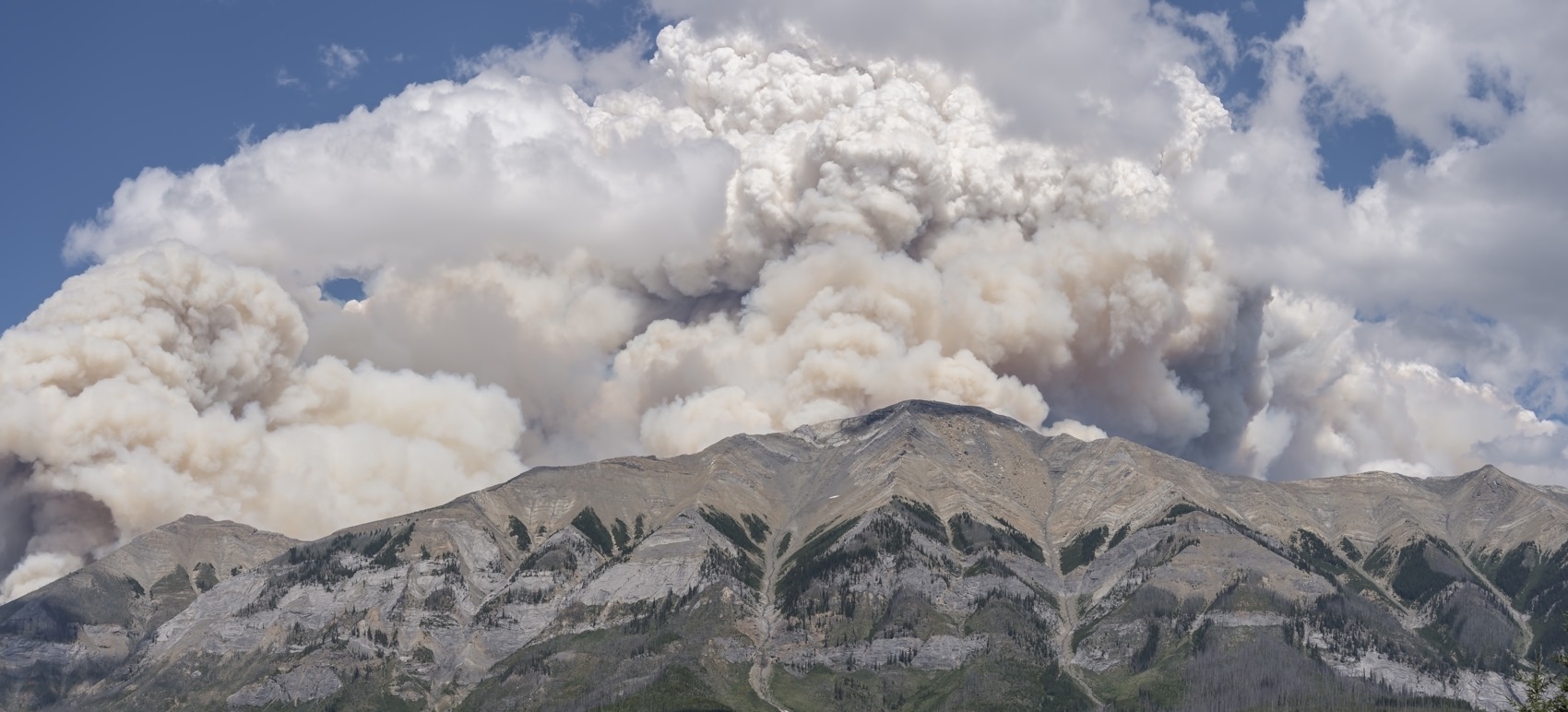
These 'Dirty' Thunderstorms Fill the Sky with As Much Smoke As a Volcanic Eruption
By Megan Gannon published
Wildfires can fuel "dirty" thunderstorms that fill the stratosphere with as much smoke as a volcanic eruption.
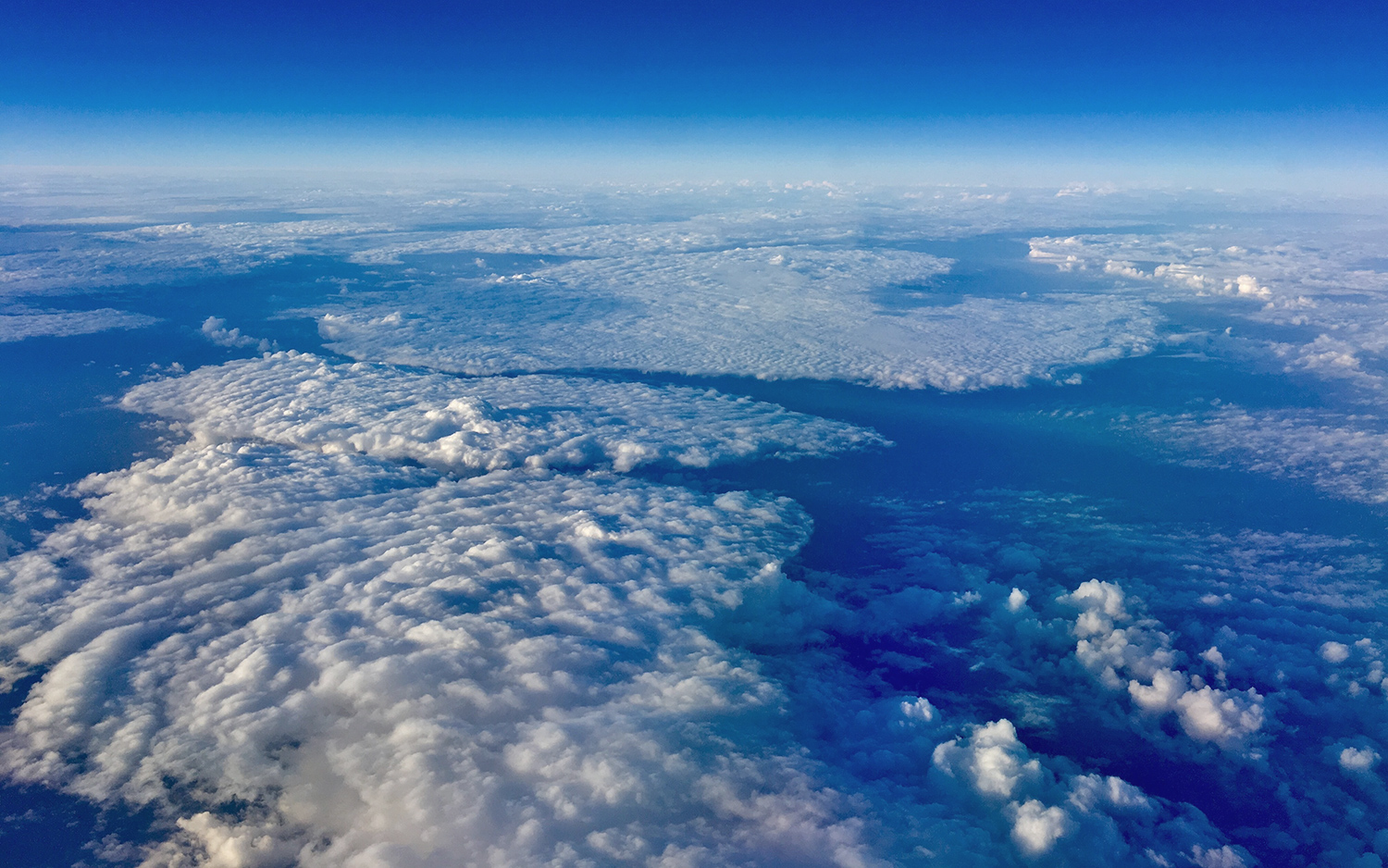
These Scientists Have a Wild Plan to Throw Salt into the Atmosphere. Here's Why.
By Laura Geggel published
Sprinkling large amounts of salt into the atmosphere could stave off climate change, a group of researchers has proposed.
Sign up for the Live Science daily newsletter now
Get the world’s most fascinating discoveries delivered straight to your inbox.
